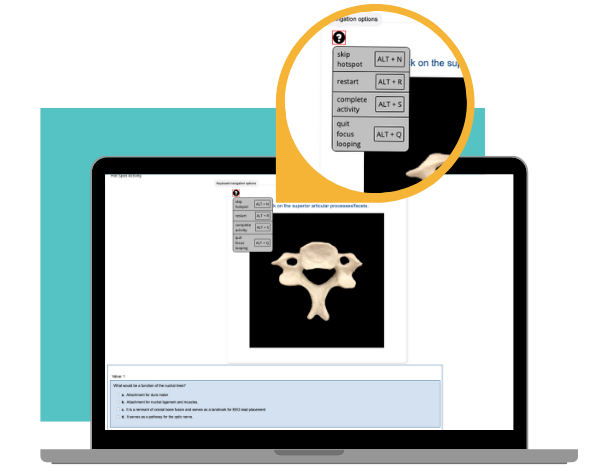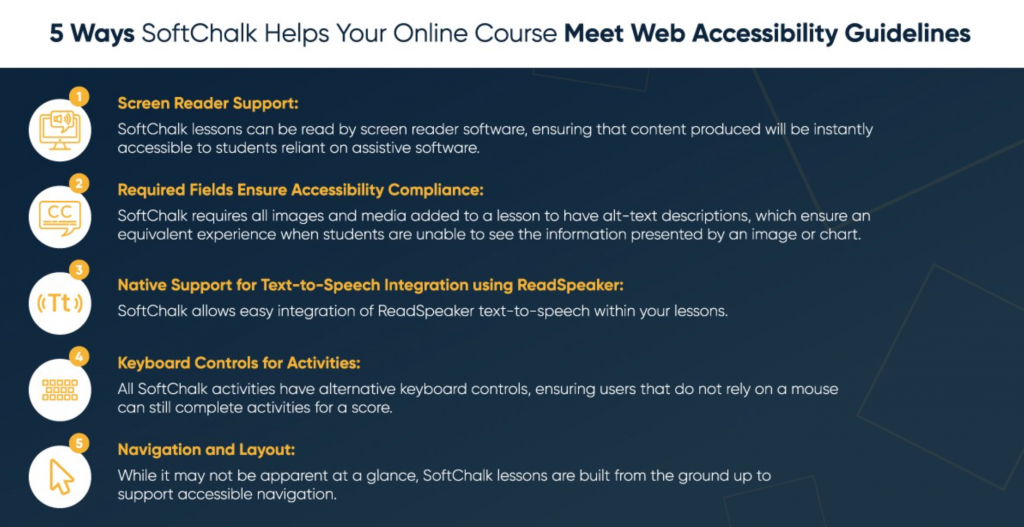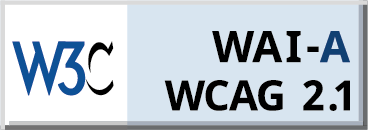In an era where digital learning is increasingly prevalent, ensuring accessibility for all learners is paramount. At SoftChalk, we are dedicated to this mission, adhering to accessibility standards to provide an inclusive educational experience. This commitment aligns seamlessly with the Department of Justice’s (DOJ) recent ruling on Title II of the Americans with Disabilities Act (ADA), which underscores the necessity of accessible web content and mobile apps for public entities.
DOJ Ruling on Accessibility Compliance

The DOJ recently outlined a final rule mandating that content on state and local government entities be “readily accessible to and usable by individuals with disabilities.” This includes text, images, sounds, videos, controls, animations, and electronic documents. This directive updates the ADA, the groundbreaking 1990 law that broadly applies to the design and construction of government and commercial buildings to ensure their accessibility. The DOJ has enforced website accessibility under the ADA since 1996, but the new rule solidifies and expands these requirements.
SoftChalk’s Commitment to Accessible Content Authoring
SoftChalk empowers educators to create engaging digital curriculum that is accessible to all learners, typically delivered via their institution’s LMS (learning management system). SoftChalk ensures its solutions generate content that is screen-readable and navigable for learners using keyboard-only access. Additional integrations with third-party tools like ReadSpeaker, which reads content aloud, enhance accessibility for learners who benefit from auditory learning.
SoftChalk provides several resources to help you make your content accessible. Check out our other insightful blog posts, such as “5 Ways SoftChalk Helps Your Online Course Meet Web Accessibility Guidelines” and “Four Accessibility Tips to Keep in Mind While Creating Fall Semester Content.” These posts offer practical advice and strategies to ensure your online courses meet accessibility standards.

ADA Compliance
SoftChalk’s adherence to the Web Content Accessibility Guidelines (WCAG) 2.1 Level A and Level AA reflects its commitment to accessibility. These guidelines align with the DOJ’s technical standards, which help provide clear guidelines for public entities to meet ADA obligations. SoftChalk’s Voluntary Product Accessibility Template (VPAT) and Accessibility Conformance Report offer transparency, allowing educational institutions to assess the accessibility support of SoftChalk’s products. See more about SoftChalk’s Accessibility.


Summary
The overall commitment to accessibility compliance reflects a mission to foster inclusive education. By adhering to the highest accessibility standards and integrating tools that enhance content accessibility, SoftChalk helps ensure all learners have equal opportunities to succeed. This aligns with the DOJ’s ADA ruling, reinforcing the importance of accessible web content and mobile apps in promoting equal access to government services and fundamental constitutional rights.
SoftChalk’s efforts support educational institutions in meeting their accessibility obligations but also empower educators to provide an inclusive learning environment.
For more information on SoftChalk’s accessibility initiatives and compliance, visit SoftChalk’s Accessibility Conformance Report and Accessibility Roadmap on the website.
“The attention that SoftChalk has placed on accessibility is encouraging. As you design, you are prompted to consider universal design principles such as alt tags for images, descriptive web links, and much more.”
– Dena Carrigan, Instructional Designer, College of the Mainland


Leave a Reply